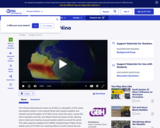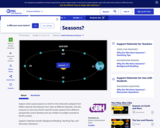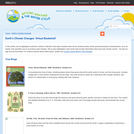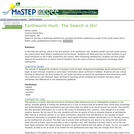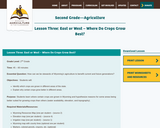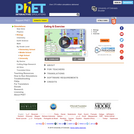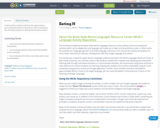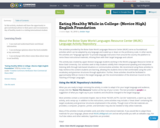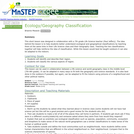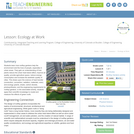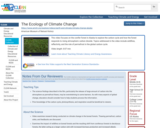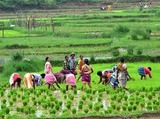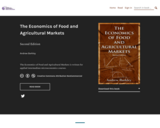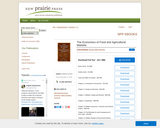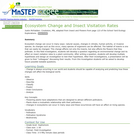Second Edition
Short Description:
The Economics of Food and Agricultural Markets is written for applied intermediate microeconomics courses.
Long Description:
The Second Edition of Economics of Food and Agricultural Markets is written for applied intermediate microeconomics courses. The book showcases the power of economic principles to explain and predict issues and current events in the food, agricultural, agribusiness, international trade, labor markets, and natural resource sectors. The field of agricultural economics is relevant, important and interesting. The study of market structures, also called industrial organization, provides powerful, timely, and useful tools for any individual or group making personal choices, business decisions, or public policies in food and agricultural industries.
Readers will benefit from a large number of real-world examples and applications of the economic concepts under discussion. The book introduces economic principles in a succinct and reader-friendly format, providing students and instructors with a clear, up-to-date, and straightforward approach to learning how a market-based economy functions, and how to use simple economic principles for improved decision making. The principles are applied to timely, interesting, and important real-world issues through words, graphs, and simple algebra and calculus. This book is intended for students who study agricultural economics, microeconomics, rural development and/or environmental policy.
Word Count: 49992
(Note: This resource's metadata has been created automatically by reformatting and/or combining the information that the author initially provided as part of a bulk import process.)
